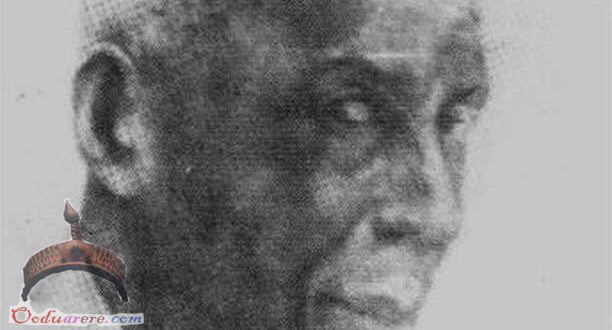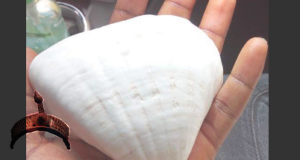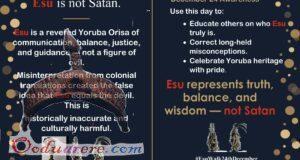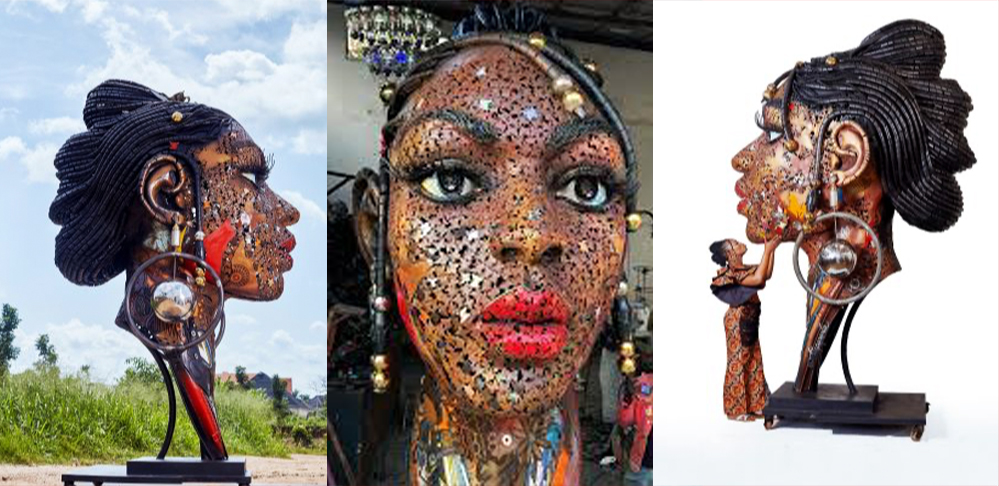Long before Nigeria had formal art schools, Aina Onabolu (born in 1882) was already painting portraits with a level of realism that defied colonial stereotypes. A self-taught artist, he took on the widely held European belief that Africans lacked the skill to master “fine” or academic art.
By the early 1900s, Onabolu was painting distinguished Nigerians—such as judges, doctors, and merchants—with remarkable technical detail. He later studied art formally in London and Paris, equipping himself with international credentials that helped him advocate for art education in Nigerian schools.
In 1922, he was appointed as an art teacher in Lagos, becoming one of the first Nigerians to teach art professionally in a colonial school system that had long excluded African perspectives.
Aina Onabolu didn’t just paint—he changed how Africans were seen, and more importantly, how they saw themselves.
He died in 1963, but his brushstrokes helped lay the foundation for modern Nigerian art.
 Ọmọ Oòduà Naija Gist | News From Nigeria | Entertainment gist Nigeria|Networking|News.. Visit for Nigeria breaking news , Nigerian Movies , Naija music , Jobs In Nigeria , Naija News , Nollywood, Gist and more
Ọmọ Oòduà Naija Gist | News From Nigeria | Entertainment gist Nigeria|Networking|News.. Visit for Nigeria breaking news , Nigerian Movies , Naija music , Jobs In Nigeria , Naija News , Nollywood, Gist and more









